Code to Flowchart Converter AI - Code Visualization Tool
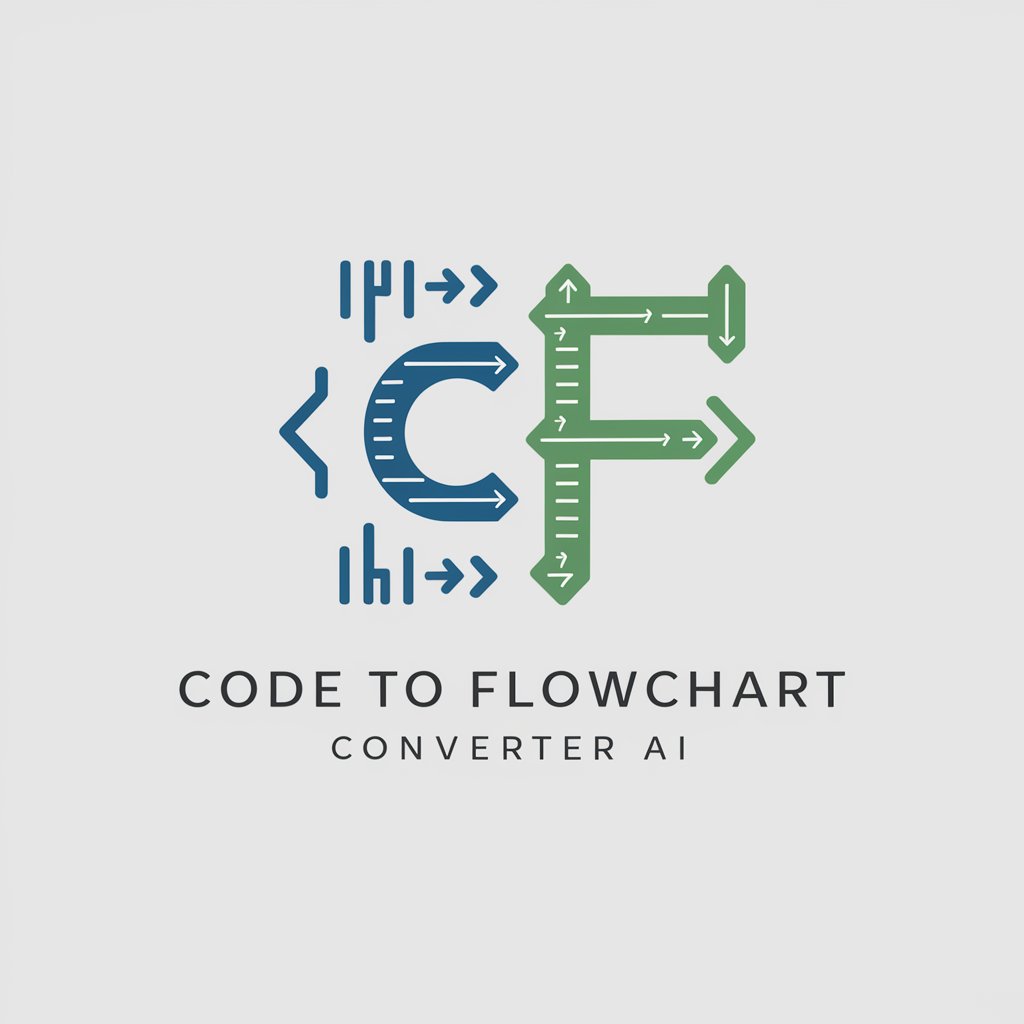
Hello! Let's turn code into flowcharts!
Visualizing code, empowering developers
Can you help me convert this code snippet into a flowchart?
How do I visualize the structure of this function?
Could you create a flowchart from this code?
What's the best way to represent this algorithm in a flowchart?
Get Embed Code
Introduction to Code to Flowchart Converter AI
Code to Flowchart Converter AI is designed to assist users in visualizing the structure and logic of code through flowcharts. It translates snippets of code from various programming languages into graphical representations that depict the flow of logic, making it easier to understand and communicate complex programming constructs. This tool supports a variety of output formats such as ASCII art, mermaid, YAML, and more. An example scenario could be a developer using the AI to convert a complex algorithm into a flowchart to facilitate a better understanding and discussion among team members. Powered by ChatGPT-4o。

Main Functions of Code to Flowchart Converter AI
Code Visualization
Example
Converting a Python script that sorts an array into a flowchart to help visualize the sorting logic.
Scenario
A software engineering team uses the flowchart to review and optimize the algorithm during a code review session.
Educational Tool
Example
Using the AI to teach students programming logic by showing the flowchart of simple conditional and loop structures.
Scenario
In a classroom setting, an instructor uses the generated flowcharts to explain and discuss different programming constructs and their effects.
Debugging Aid
Example
Translating a section of code with a logical error into a flowchart to trace the flow of execution and identify bugs.
Scenario
A developer struggling with a bug uses the flowchart to understand the execution path and corrects the error based on insights gained from the visualization.
Ideal Users of Code to Flowchart Converter AI
Software Developers
Developers who need to understand, debug, or explain complex code structures can use flowcharts to visualize and communicate the logic clearly and efficiently.
Educators and Students
Educators teaching programming concepts can use flowcharts to illustrate programming logic to students, making abstract concepts more tangible and easier to comprehend.
Technical Writers
Technical writers preparing documentation for software projects can use flowcharts to provide clear and concise explanations of the code behavior in user manuals and developer guides.

Guidelines for Using Code to Flowchart Converter AI
1
Visit yeschat.ai to start using Code to Flowchart Converter AI without the need to login or subscribe to a premium service.
2
Choose the type of code snippet you want to convert into a flowchart from the options provided, supporting multiple programming languages.
3
Input your code snippet directly into the input field or upload a file containing the code.
4
Select your preferred format for the flowchart output, such as ASCII art, Mermaid, or YAML, to best suit your visualization needs.
5
Review the generated flowchart, utilize tools for editing if needed, and export or share the flowchart for further use or collaboration.
Try other advanced and practical GPTs
AI to Human Converter
Transform AI drafts into human artistry
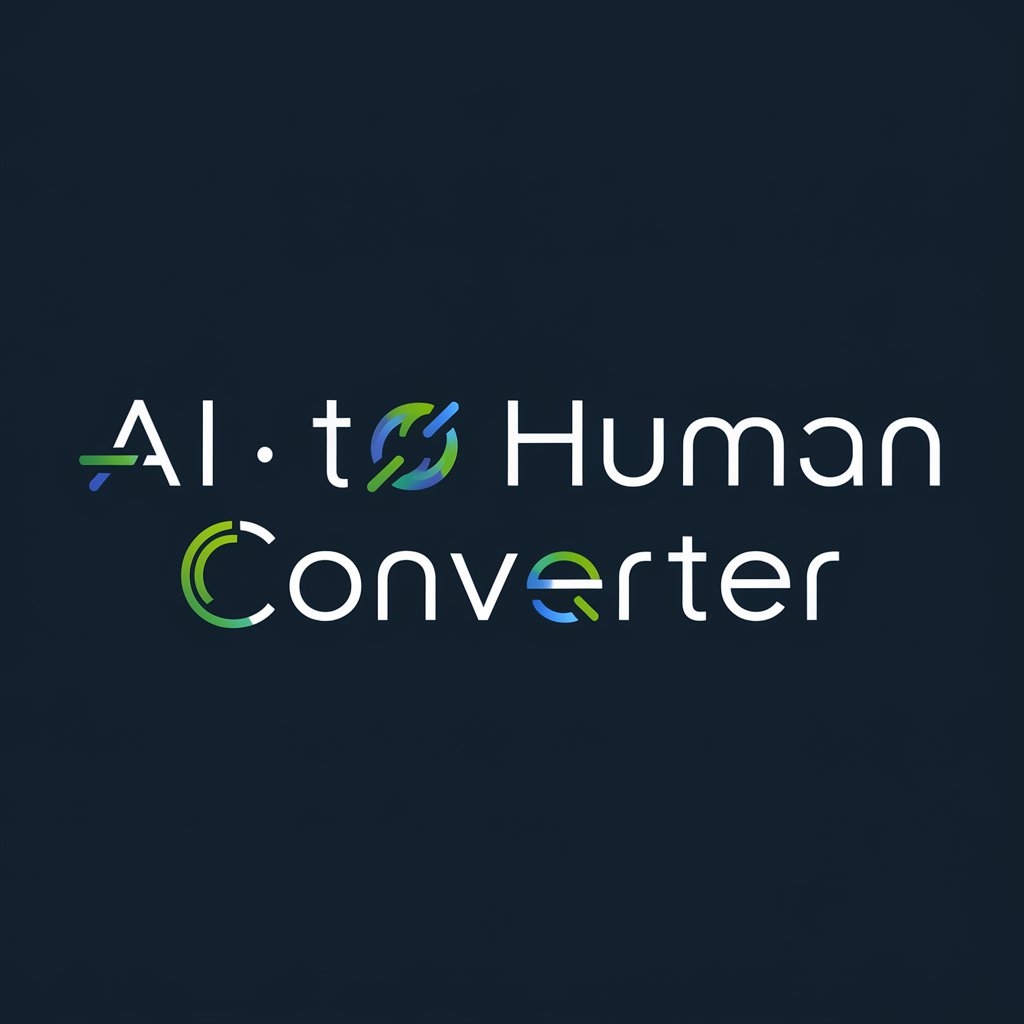
Build on Base assistant
AI-Powered Smart Contract Developer

Elite Landscaping Advisor
Revolutionize Your Landscaping with AI Guidance

Blender 4.1 Expert
Empower your creativity with AI
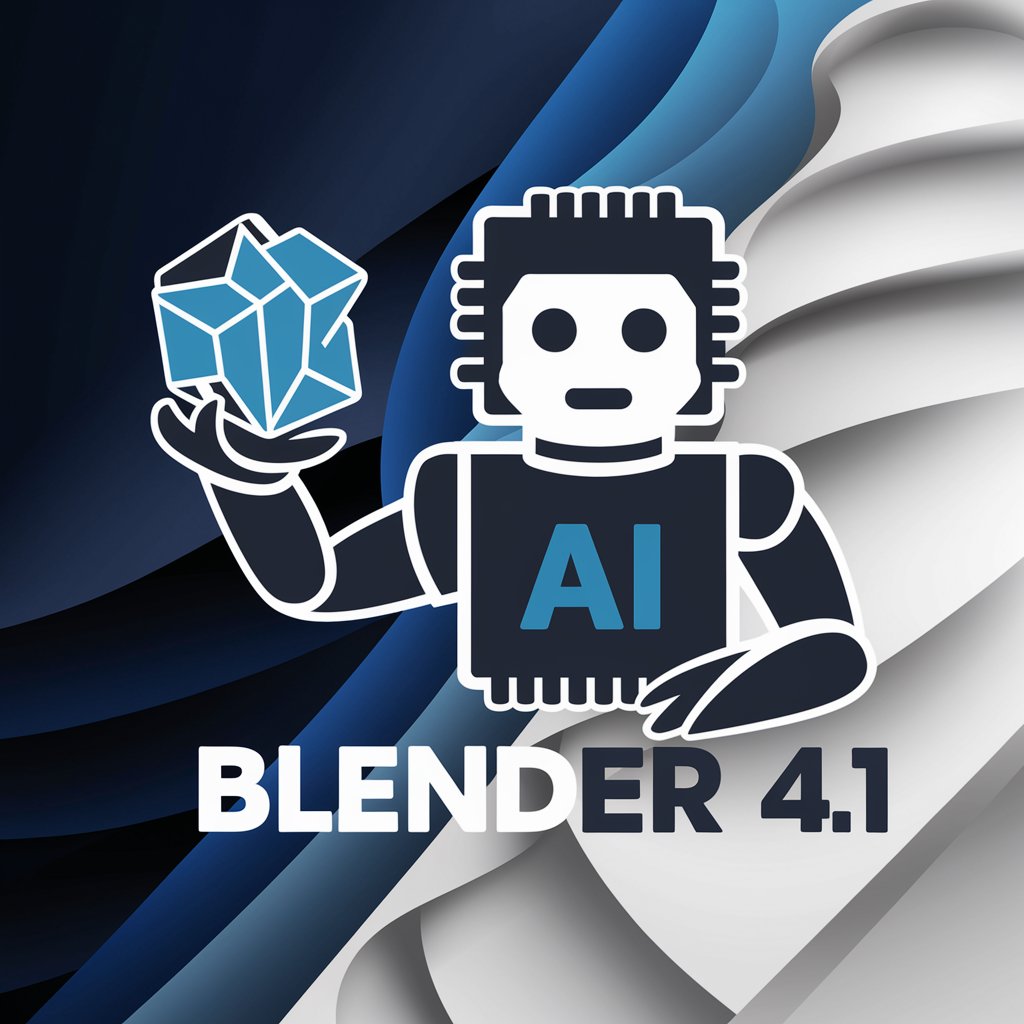
All-In Bot
Empowering insights at your command.
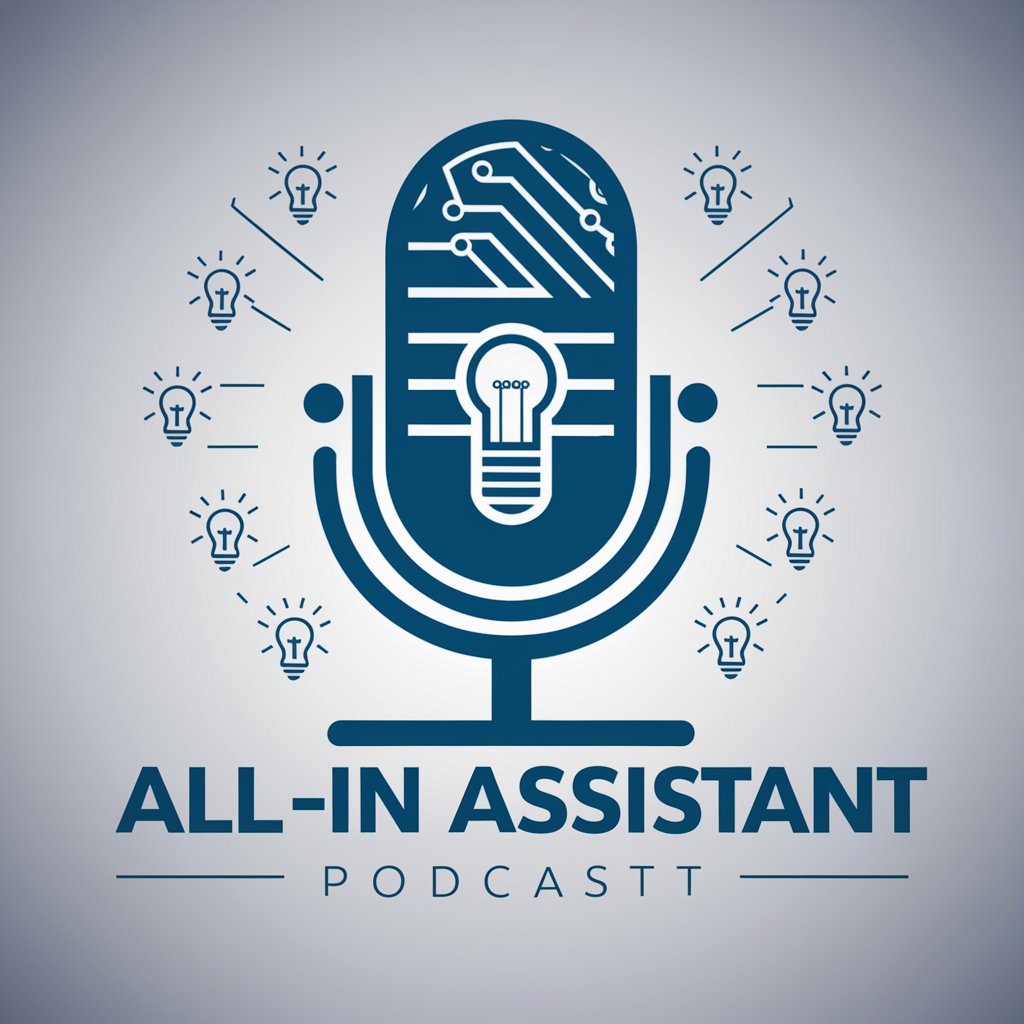
Professor de Redes de Computadores
AI-powered assistant for computer networks

Animation illustrator Pro V1.0
Animate Your Imagination with AI

Design Toolkit AI
Sculpt Ideas with AI

诗仙李白
Reviving Poetic Wisdom with AI

サードアイ操作マニュアル
Harness AI for Precision Health Diagnostics
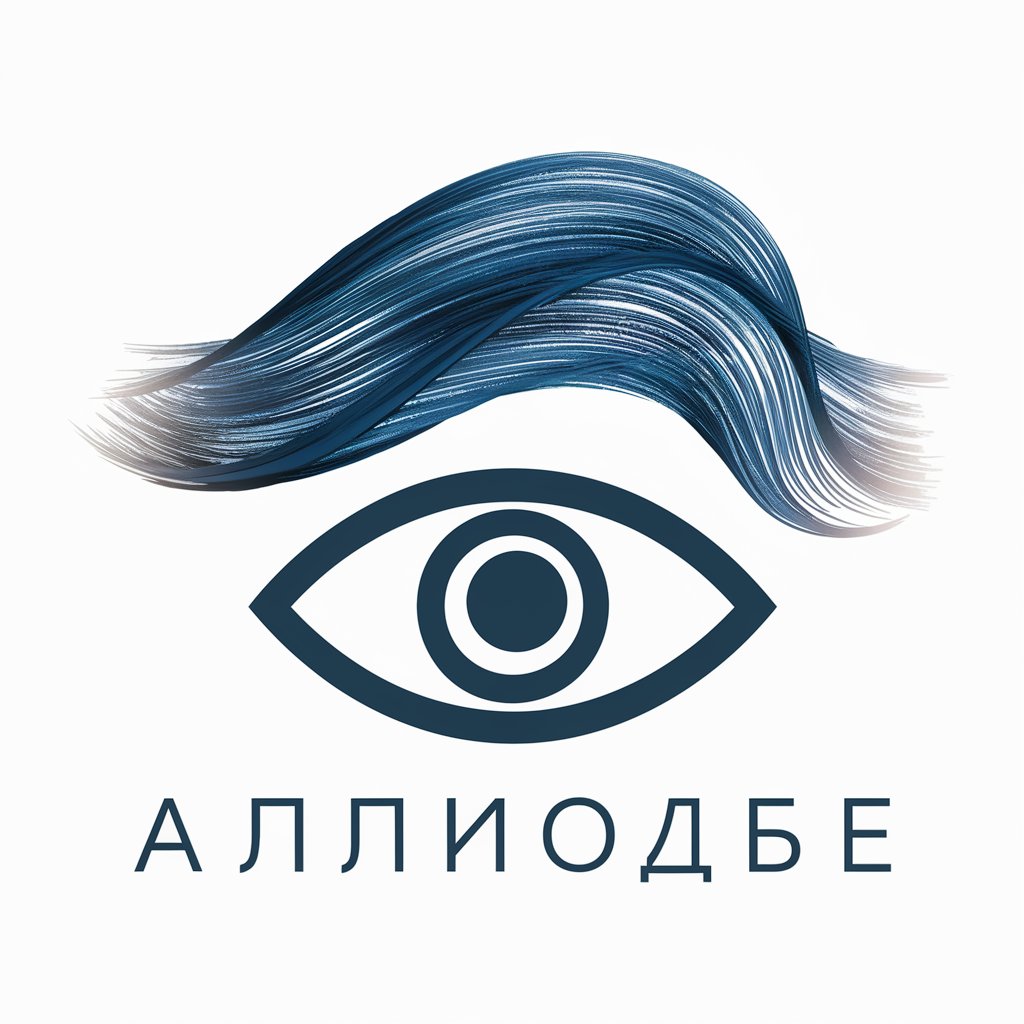
翻譯專家
Translate English Media Seamlessly
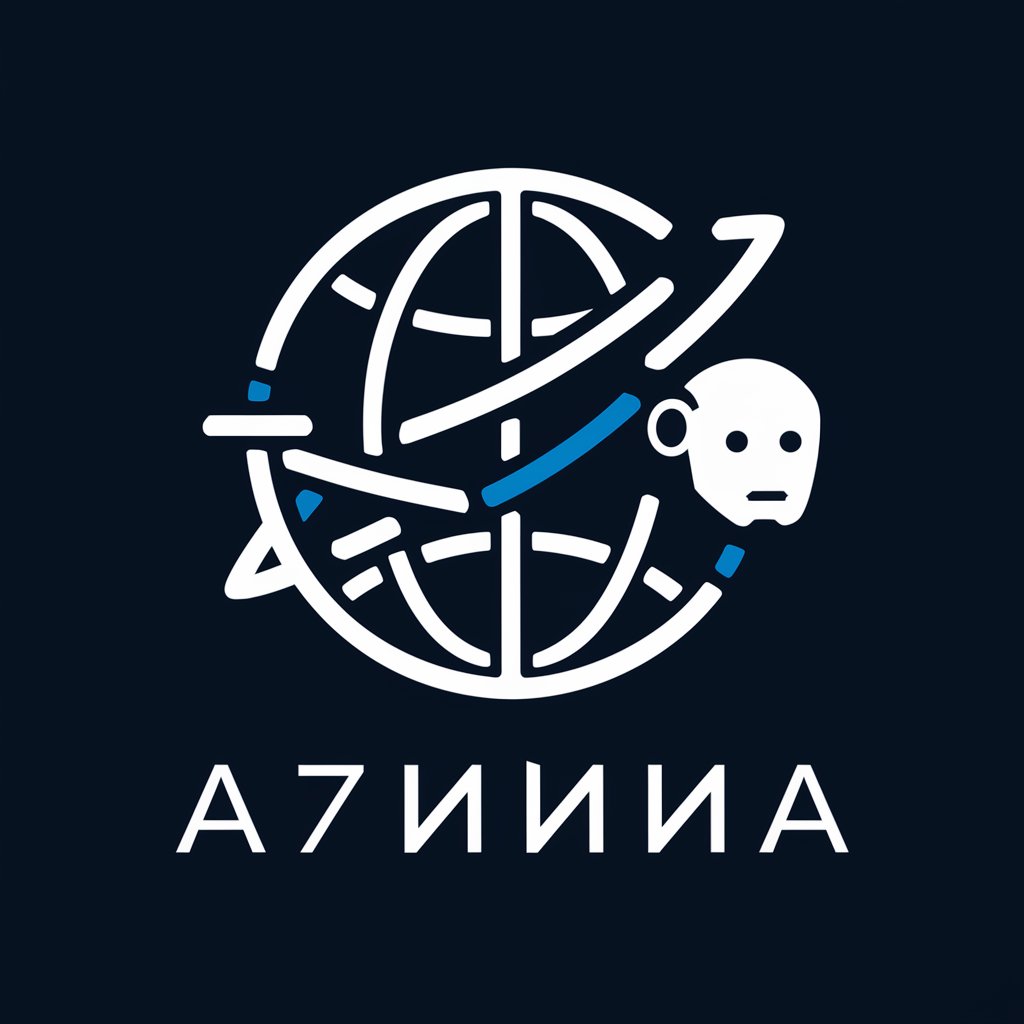
Alexis Inkwell
Powering Narrative Creativity

Frequently Asked Questions About Code to Flowchart Converter AI
What types of programming languages does Code to Flowchart Converter AI support?
The AI supports a wide range of programming languages, including but not limited to Python, Java, C++, and JavaScript, making it versatile for various coding projects.
Can I edit the flowcharts generated by the AI?
Yes, you can edit the flowcharts. After generation, you may adjust elements such as layout and color directly in the tool to fit your specific needs.
Is it possible to export the flowcharts created with the AI?
Absolutely, the tool allows you to export the flowcharts in several formats, including PDF, PNG, and SVG, enabling easy sharing and integration into documentation.
The AI is designed to break down complex code structures into manageable components, ensuring the flowchart remains clear and comprehensible regardless of code complexity.
What are some common use cases for using this AI?
Common uses include documentation, educational purposes, debugging, and improving code comprehensibility, particularly useful for developers, students, and educators.
